Our experts are sharing ways that your organisation can get involved, on 15 May 2025 and beyond, to make a lasting difference across your digital space.
Global Accessibility Awareness Day (GAAD) is fast approaching, and your organisation may be considering ways to participate on the day and embed accessibility best practices moving forward. This blog may provide inspiration on ways to become more inclusive by removing online barriers, thereby better assisting both your internal workforce and your external online audience.

The purpose of Global Accessibility Awareness Day
Each year, an awareness-raising event takes place worldwide with the aim of encouraging people to think, talk, and learn about digital accessibility. If you aren’t sure why becoming accessible is so important for your business, don’t worry, our experts are here to fill you in.
Across the world, it is estimated that 1.3 billion people have a disability. This equates to 16% of the population. Sadly, even with all of the available advanced technologies, disabled people are still being shut out from interacting with online information and services, due to inaccessibility. In fact, only 3% of the web is actually accessible.
Without putting digital accessibility at the forefront, this can lead to:
- Websites, apps, and intranets
- Online documents
- Social media posts
Along with other digital services, such as television and streaming entertainment, ATMs, and ticketing machines are not being inclusive and stripping people of their human rights.
However, it isn’t only disabled people that digital accessibility assists. Making slight changes to your online content can help people with temporary impairments, as well as your future self with declining eyesight or dexterity in old age. Not only that, adopting accessibility best practices makes your online presence more user-friendly and understandable, which also vastly benefits your organisation.
Everyone has a part to play in building an inclusive online world. Below, we’ll explore some actions you can take during this GAAD to help remove digital barriers.
Test the accessibility of your website for free
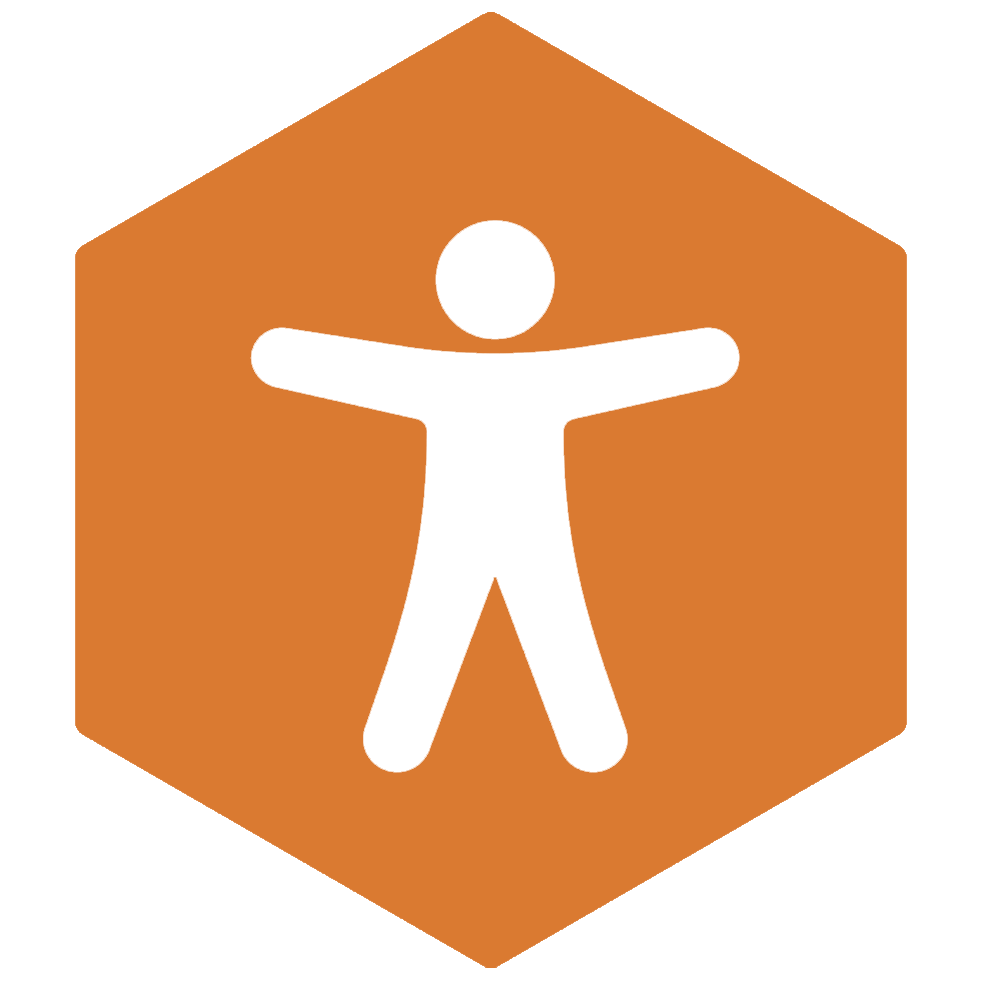
There are many ways to get you started with assessing the accessibility of your online platform:
Let us do the hard work for you
Digital agencies, like our own, can check the accessibility of your website for free. If you’re unsure what to look for, we can simplify the process for you. To provide a deeper understanding of how any discovered errors may impact your users, we’ll conduct a live demonstration using assistive technology and a report outlining the necessary changes to become compliant with web standards.
The difference with our accessibility testing is that we perform:
- Automated testing with scanning software
- Manual usability checks with varying devices and assistive technologies
- Expert reviews of your website’s code
- A social media content assessment
All of which will be undertaken free of charge, as our team is passionate about disability advocacy.
Ways you can do basic accessibility checks yourself
If you want to get more hands-on, there are some great automated browser extensions (such as WAVE) that can provide an instant overview of basic errors on your site.
Using a keyboard alone can help you discover the difficulties that many users, such as those who are blind and use a screen reader, may encounter when navigating or interacting with a site. This is why we are urging organisations to take on the ‘No Mouse Challenge’. For this, you will only need to take 5 or 10 minutes of your time to determine if you can successfully access, control, and track your progress on a site during a user journey.
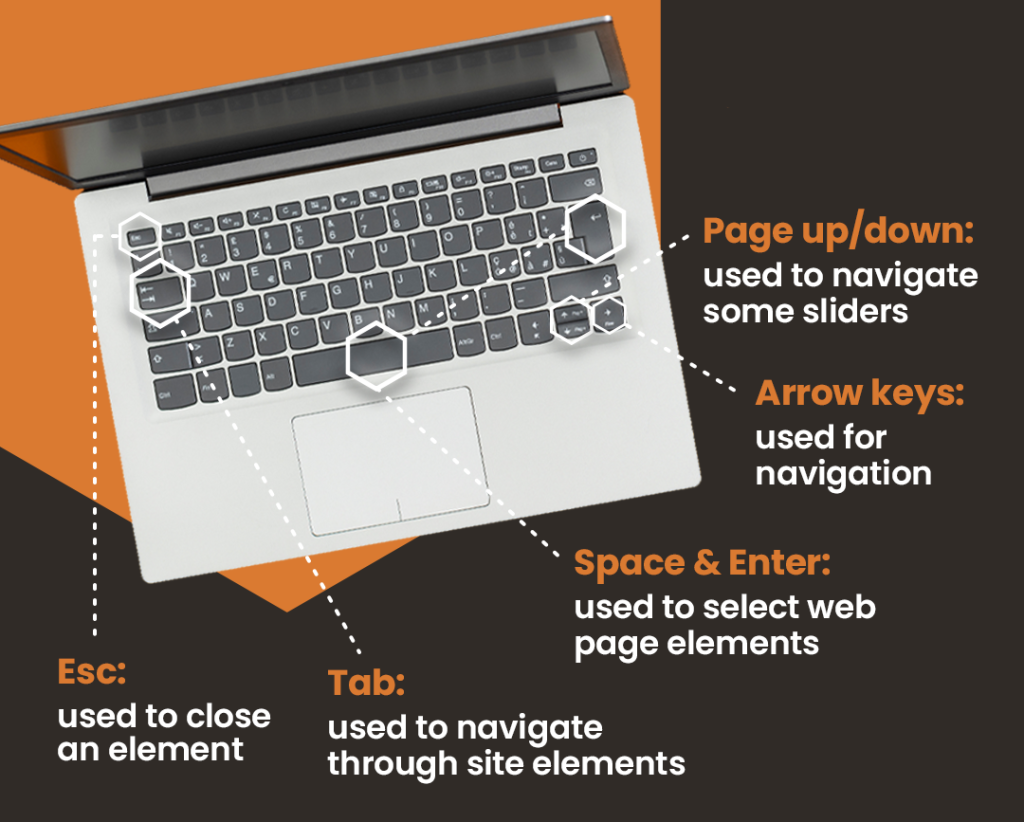
Even if you don’t have your own website, it can be an eye-opening experience trying to access others.
Learn how to write and design inclusive content
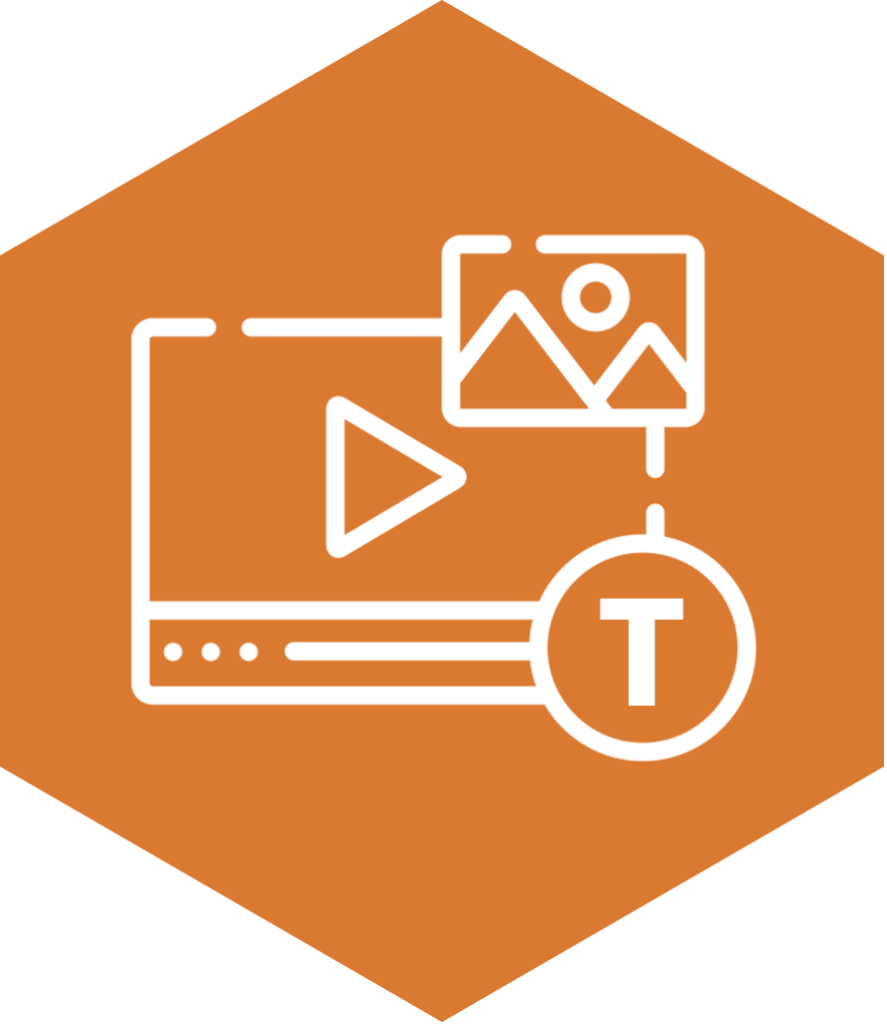
Many people mistakenly believe that digital accessibility is solely a web developer’s responsibility, but this isn’t entirely accurate. Even if you’ve had a website built to be accessible, without the knowledge in place to keep its content that way, even with the best will in the world, it won’t stay compliant for long.
The way digital content is written and created plays a significant role in promoting inclusivity. Whether it’s the upkeep of a website or intranet content, posting on social media, designing marketing materials, creating documents, or even sending emails, there’s a high likelihood that we’ve all done one or more of these activities. With 1 in 6 of us having some form of disability, someone sitting nearby right now may need slight alterations to be able to access, see, and digest your content effectively.
Below are a couple of guides that can talk you through simple changes that can make a big difference to many:
For further information, access a wide range of free resources on our website or sign up for empowering, inclusive training on best accessibility practices.
Advocate for change in your organisation
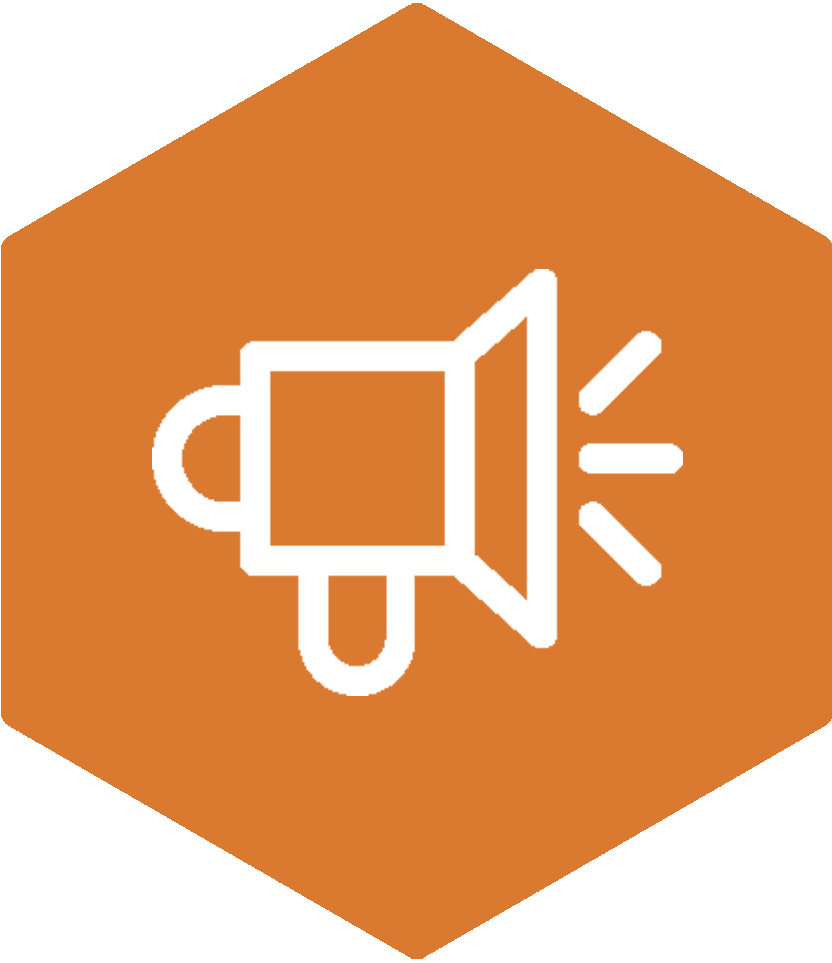
It’s essential to align on digital accessibility if you want to become inclusive. No matter what role you are in, you can make a real difference by being an active a11y advocate.
Here are a few ways that you can help the workforce to make lasting change:
- Link in with leadership teams to help set out a clear vision and strategy to work towards.
- Hold events, training sessions, or post guides out internally to help raise awareness.
- Rally a team of accessibility SPOCs throughout the organisation to offer advice or to check over work before that publish or send button is pressed.
- Download and print out our digital accessibility checklist to put around workstations to act as a reminder.
- Reach out and speak to the people who use your website or intranet. By seeking their valuable feedback, you will gain firsthand insight into what problems may need addressing.
- Promote all the good, inclusive steps forward to let your online audience know that you are making them a priority and that you care about digital accessibility.
Beyond Global Accessibility Awareness Day
It’s always incredible to see so many organisations striving to learn more about accessibility or helping to spread the word on its importance on GAAD. However, for us to have a truly inclusive digital world, this needs to carry on beyond this one day and be embedded into an organisation’s culture.
It’s time to make digital accessibility a priority and ensure that everyone can freely access the web and its vast resources. If you need help, we offer a range of end-to-end accessibility solutions to help you connect with everyone online.
